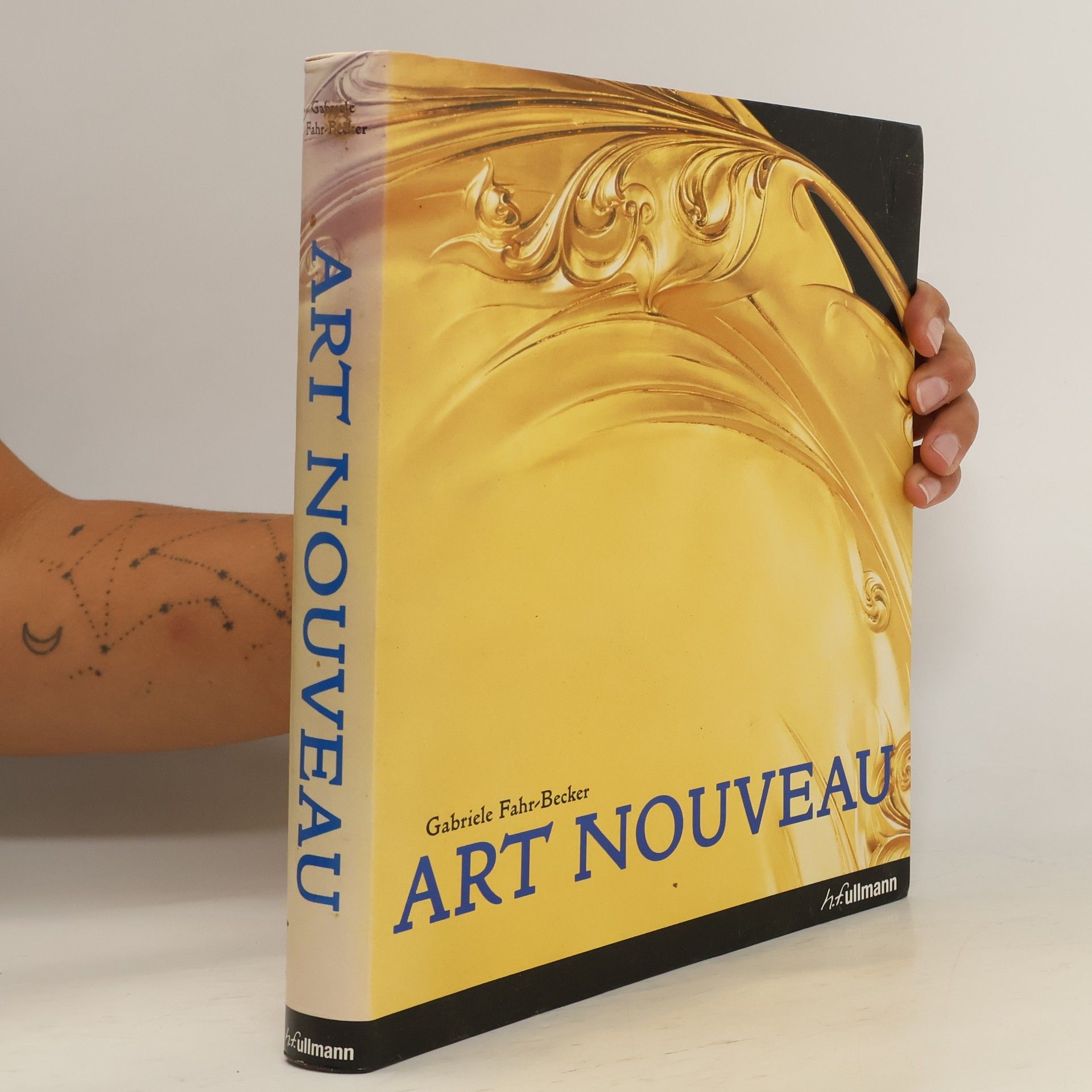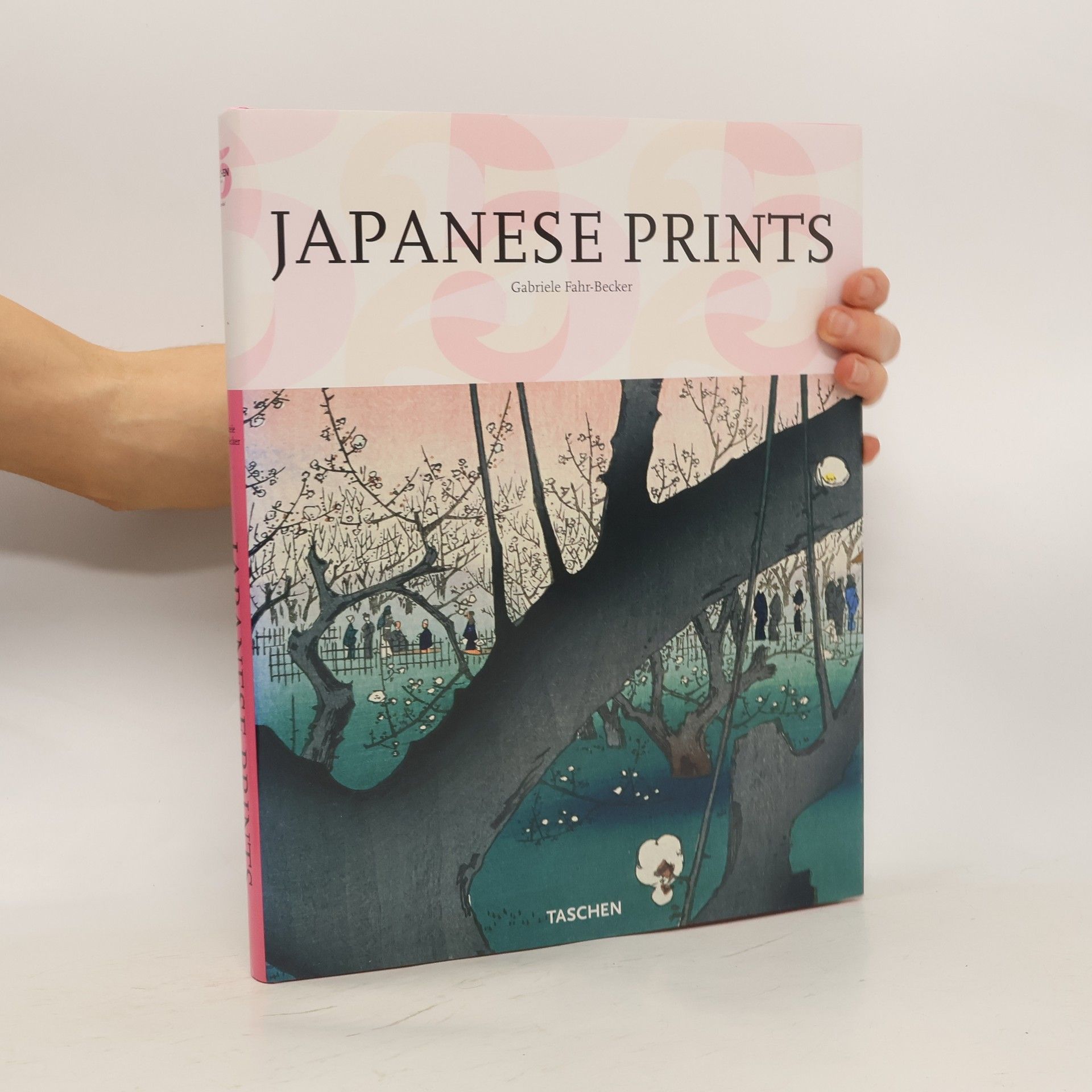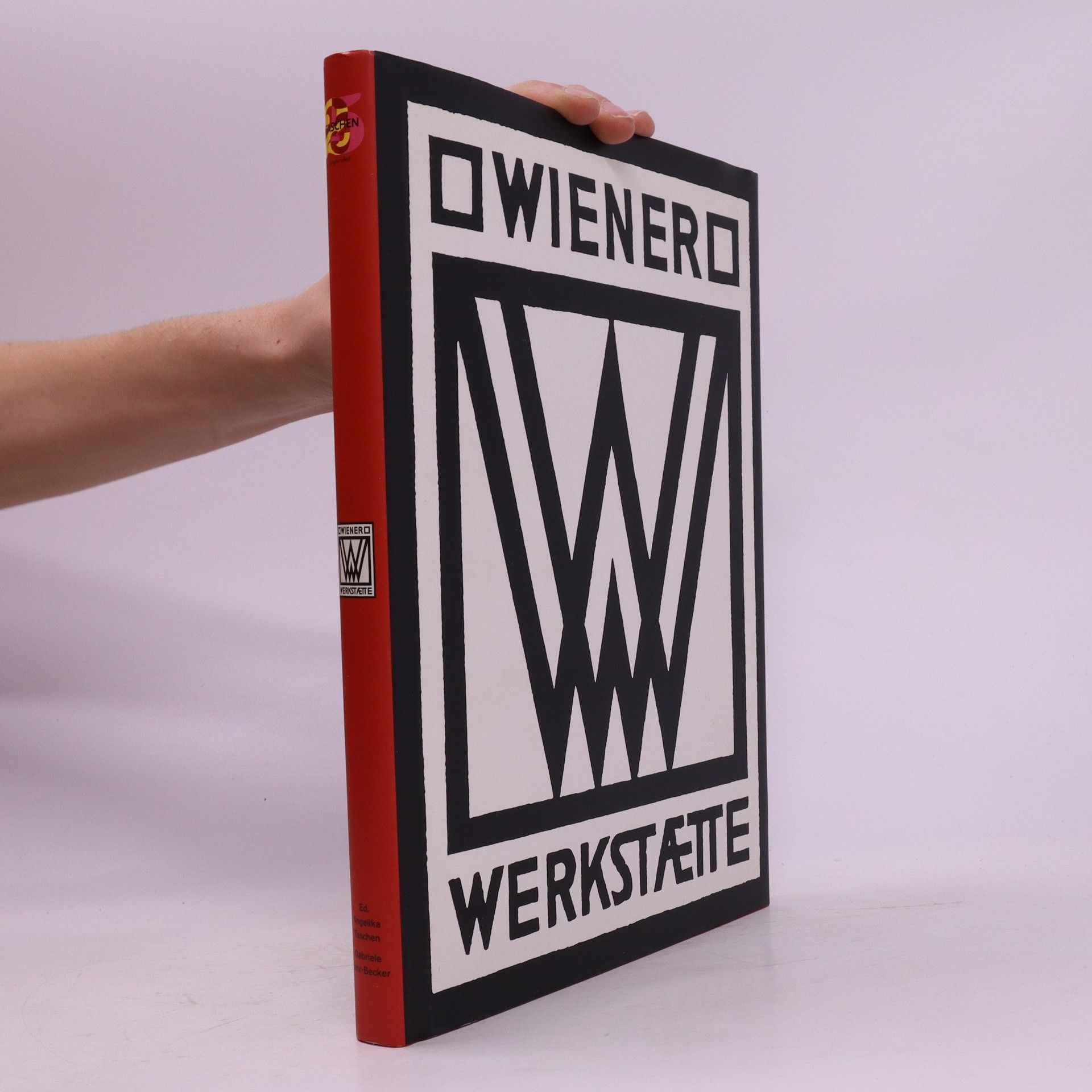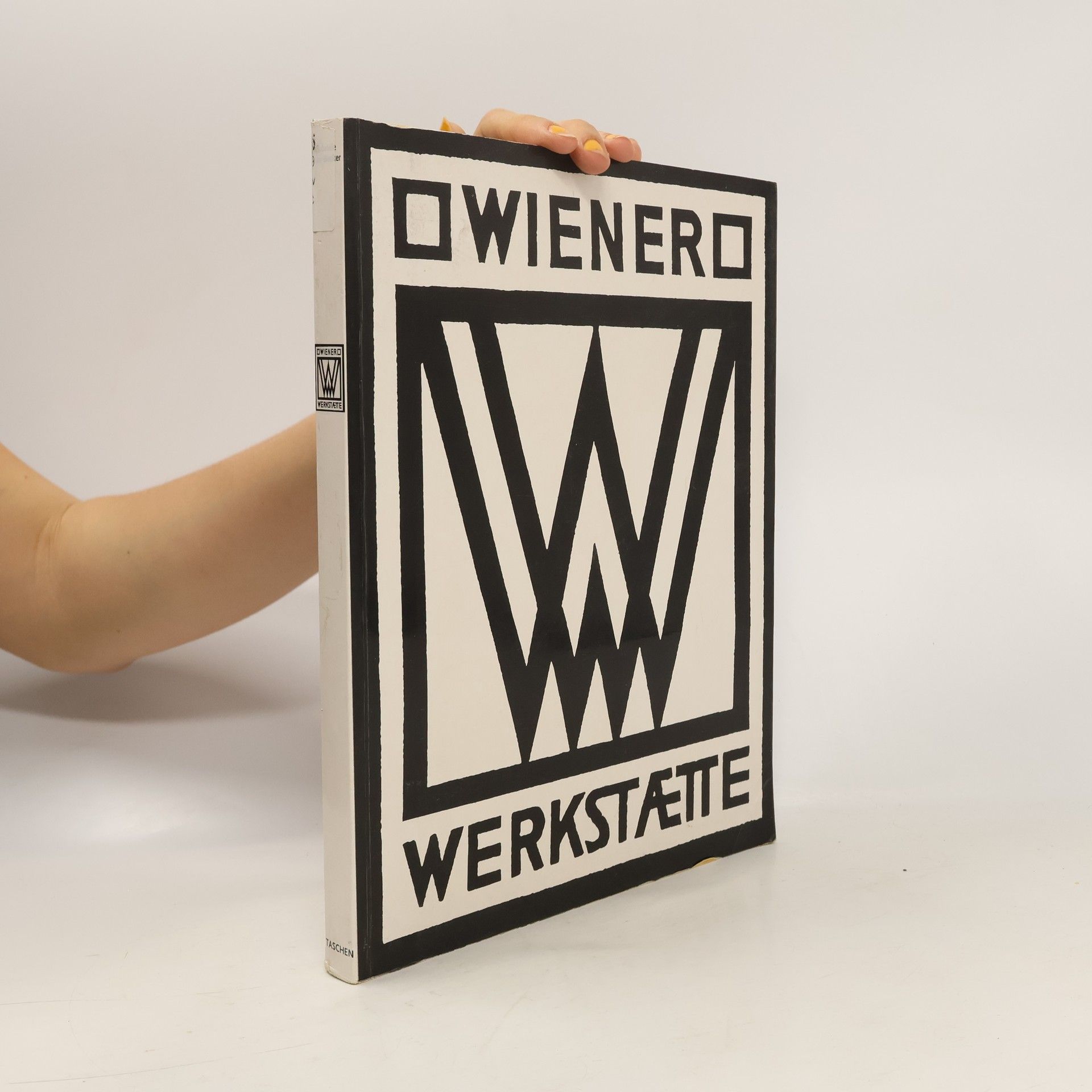Wiener Werkstätte
- 240 páginas
- 9 horas de lectura
In 1928 Josef Hoffmann described the Wiener Werkstdtte, a group of studios and workshops which he had founded 25 years previously with Koloman Moser and Fritz Waerndorfer, as ""The Wiener Werkstdtte, established in 1903, is an enterprise for the active promotion and cultivation of all endeavours in the pursuit of art and quality in modern crafts.""For thirty years, a group of highly qualified architects and craftsmen succeeded in realizing their dream of fusing architecture and interior design into a Gesamtkunstwerk - a ""total work of art."" The Wiener Werkstdtte combined fine and applied arts to convey a whole new outlook on life, liberated from the strictures of historicism and superfluous ornamentation. The buildings and objects that resulted combine classical elegance with streamlined functionality.No everyday object was too banal, no architectural task too complex for the artists of the Wiener Werkstdtte. They experimented with an endless variety of materials, from gold and precious stones to papier mbchi and glass beads, and their work still bears lasting witness to a unique and vital artistic movement. Even today, architects and designers continue to cite in their work the innovations and ideas of Josef Hoffmann and the Wiener Werkstdtte.









